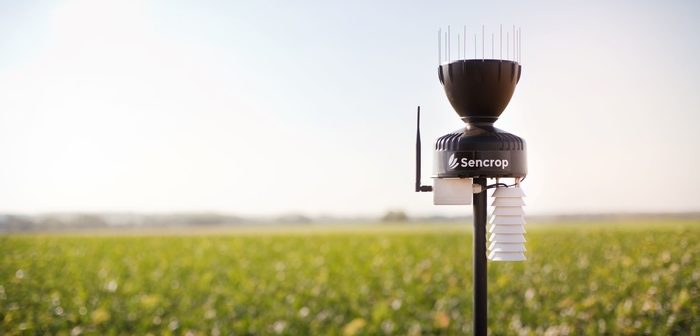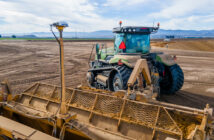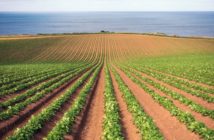Sencrop has added new features that will provide subscribers with more precise and reliable forecasting up to six days in advance the company claims.
Forecast Comparator pulls forecast data from all the main weather models that inform UK, regional, and local forecasts – including HRMN5, operated by the Met Office – into a single, easy-to-read graph. The user can compare all the forecast models by meteorological measurement including rainfall, temperature, humidity, and wind speed.
Model Ranking is based on Sencrop weather station data and ranks all the forecasting models in order of reliability for each type of meteorological measurement. The ranking is specific to each user and changes depending on location and time of year.
Sencrop Tailored Forecasting takes modeling and forecasting further. Essentially, this creates a ‘new model’ that continually evolves as weather stations record data for the chosen location, providing access to the most reliable forecast on the market for that specific user and their chosen location.
Mark Herriman, UK B2B manager at Sencrop says the features have been developed based on customer feedback. “We speak with farmers regularly to understand their day-to-day needs and challenges, and those discussions have highlighted that forecast accuracy and reliability is a massive hurdle in being able to anticipate and plan.
“It’s not uncommon for farmers to consult three or four different weather forecasts, which are all on different websites or phone apps, and that makes the difficult and often inaccurate interpretations, even more difficult.”
Delving into what’s behind the capabilities of the new features, Mr Herriman explains a fundamental aspect of the new features. “Informed by field data from our network of over 35,000 weather stations, some 3,500 sited in the UK, and using machine learning, the software compares up to 40 different forecast models; making it possible to compare, score and determine the most accurate and reliable data for each Sencrop user, depending on their location and the time of year.
“The new features create a synergy between different data streams, comparing information from field monitoring with forecasts from established weather models – more than 60 million weather data points are received every day.”
The data is accessed via a smartphone giving subscribers precise, highly localised weather information such as temperature, humidity, wind speed, and cumulative rainfall to generate forecasts. Mr Herriman believes it will enable farmers to make better decisions and reduce their crop risks with a positive agri-environmental impact.
“Being better informed means farmers can use their inputs as effectively as possible, for example, by applying products in weather conditions that maximise their effectiveness. They can also identify weather and disease risks for their crops like frost, mildew, and rust, and act accordingly.”




